Blight or what?
shawnandmike
12 years ago
Related Stories

FUN HOUZZDecorated Houses Help Save a Detroit Neighborhood
Art's a start for an inner-city community working to stave off urban blight and kindle a renaissance
Full Story
LANDSCAPE DESIGNBoxwood Alternatives Bring the Chelsea Flower Show to You
Don’t let box blight limit your plans to borrow garden design ideas from the renowned British event
Full Story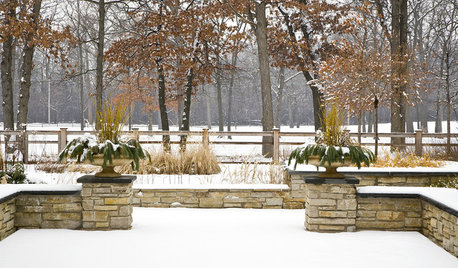
CONTAINER GARDENS5 Important Winter Tasks to Keep Container Gardens in Shape
Prevent cracked pots, blight spread and withered plants come spring by focusing on this essential maintenance now
Full Story
HEALTHY HOMESleep Happier and Healthier in a Toxin-Free Bedroom
Light pollution, toxic bedding, wallpaper that off-gases ... if you're not getting good sleep, these bedroom blights might be to blame
Full Story
KITCHEN DESIGNKitchen of the Week: Chestnut and an Open Fire in Connecticut
Antique chestnut boards give a kitchen with a wood-burning oven vintage flair, balancing its modern amenities
Full Story
FARM YOUR YARDHow to Grow Vegetables in Containers
Get glorious vegetables and fruits on your patio with a pro’s guidance — including his personal recipe for potting mix
Full Story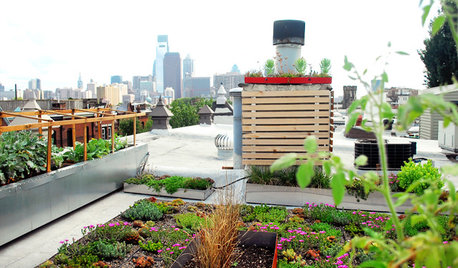
HOME INNOVATIONSNow Approaching the Emerald City
Urbanites are spraying moss graffiti on walls and covering roofs in plants — and city regulators and designers are supporting the cause
Full Story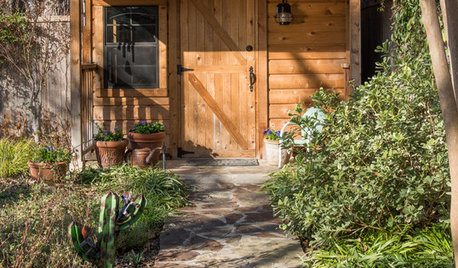
KIDS’ SPACESRoom of the Day: Playhouse Becomes a Favorite Spot for Grandchildren
Faced with tearing down her toolshed, this homeowner saw the chance to make a special place for some of her favorite people
Full Story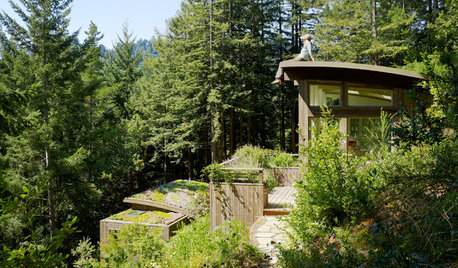
REMODELING GUIDESLiving Roofs Crown Green Design
Living roofs save energy, improve air, water, curb appeal — and the view from above doesn't hurt either
Full Story
ECLECTIC HOMESHouzz Tour: Wild Ideas in the Windy City
When bold art meets great architecture and interior design, something wonderful happens
Full Story





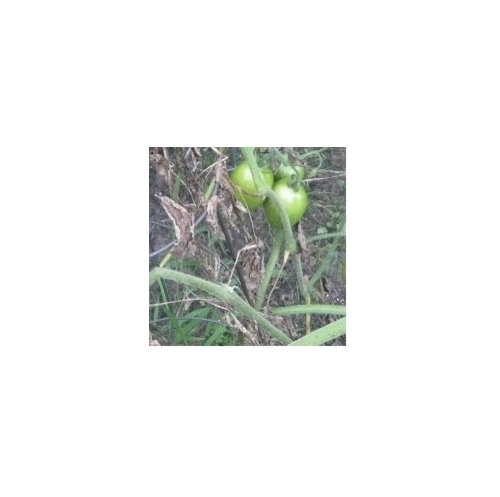
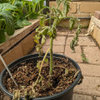
jean001a
shawnandmikeOriginal Author
Related Professionals
Folsom Landscape Architects & Landscape Designers · Franconia Landscape Architects & Landscape Designers · Graham Landscape Architects & Landscape Designers · Marina Landscape Architects & Landscape Designers · Norton Shores Landscape Architects & Landscape Designers · Brockton Landscape Contractors · Kahului Landscape Contractors · Kerman Landscape Contractors · Riverhead Landscape Contractors · Ronkonkoma Landscape Contractors · Spring Landscape Contractors · Tinton Falls Landscape Contractors · Westchester Landscape Contractors · Silver Firs Landscape Contractors · Bozeman Siding & Exteriorslionheart_gw (USDA Zone 5A, Eastern NY)